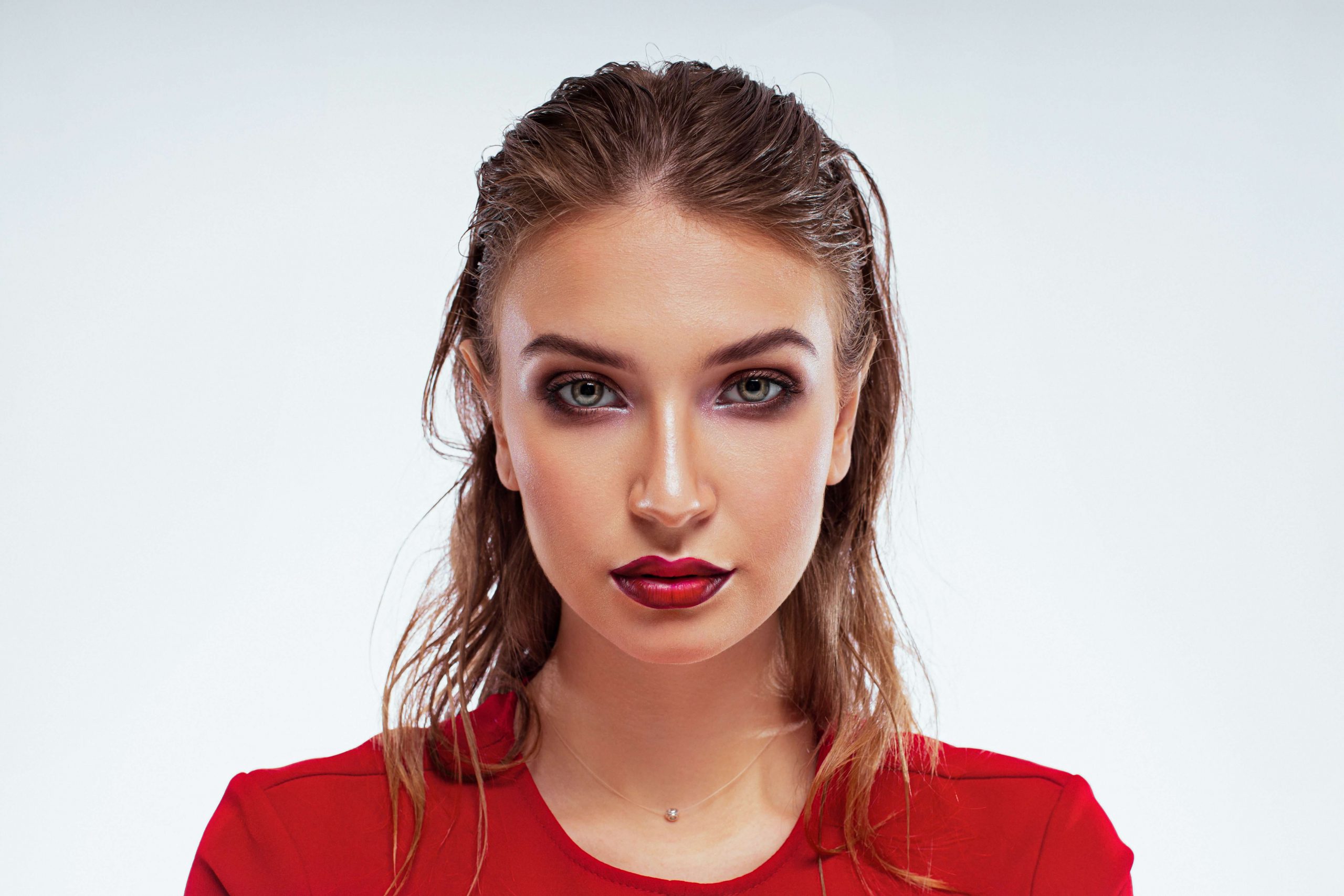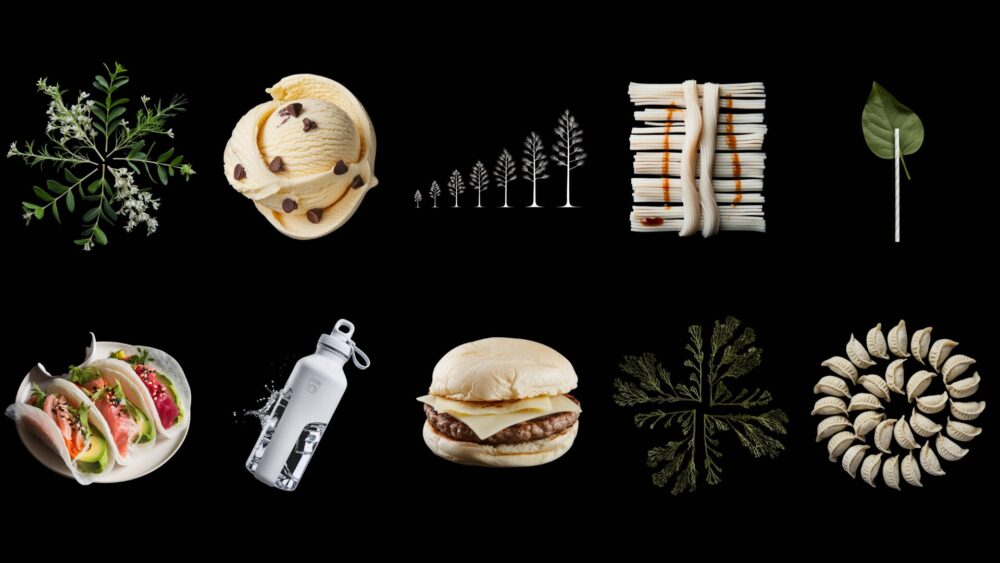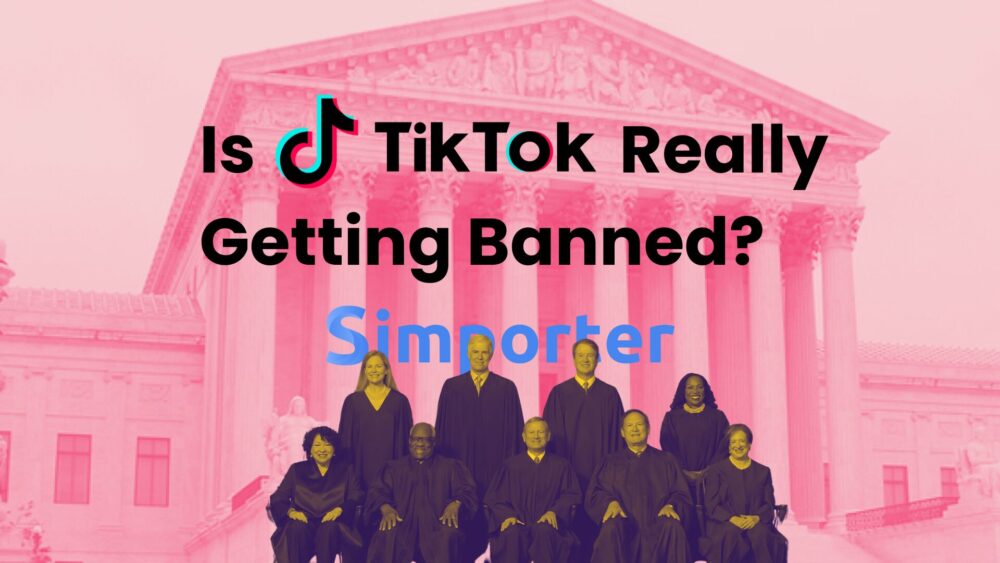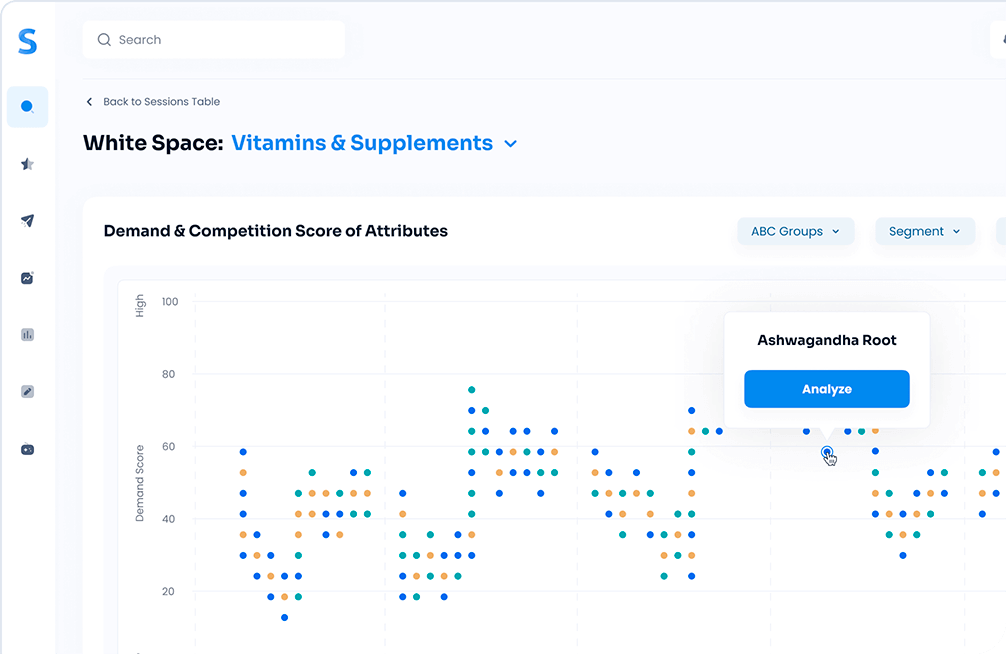People want to know what’s in their favorite products, where they came from, how they were made, and whether they’ll endure any long-term health effects. Plus, eco-friendly and sustainable products are trending now more than ever.
With words like Natural and Organic flooding the market, it can get pretty confusing, pretty fast. In fact, even the FDA has no rules for using “Natural” on labels, so it’s important brands obtain the right verifications to promote themselves as Natural. We believe brands need to know about the difference between these two words and how they impact the purchases consumers will make in 2023, so we’ve done some trend analysis to dig in a little deeper.
We’ve specifically analyzed how this will apply to Foundations, a subcategory we predict will have a killer 2023 performance. Ranging from light to heavy coverage, consumers love foundation because it’s a quick and easy solution for on-the-go looks and does a great job hiding blemishes and other skin imperfections.
The Foundations category tends to see a large volume of products advertised under the Natural and Organic labels, so it’s a perfect case study for us to dive deeper. Let’s break down why Natural will win and Organic will lose.
Data we used in our analysis
Using our White Space AI tool, the team here at Simporter analyzed over 2.1 million consumer data points to predict 2023 luxury foundation trends. Our software analyzes social media mentions, consumer sentiment patterns, and search traffic to make highly accurate trend predictions. Data insights like these have proven useful to any business looking to get ahead of the curve.
So, What Does the Future of Foundation Look Like?

Consumers are always in search of ways to achieve that natural, no-makeup look and Foundation is an essential product everyone needs in their makeup drawer. Exactly as it sounds, Foundation provides the base for an entire makeup look and comes in an array of textures, colors, finishes, and consistencies.
With a considerable 13.85 percent market share, Foundations are likely to have a great year and grow 12.72 percent in 2022 compared to 2021, reemphasizing the market shift towards products that enhance looks in a natural way. For more on how we predict the Foundation subcategory to perform in 2022, read our blog here.
We predict that Natural Foundations will have a huge edge over Organic Foundations in 2023 as consumers refine what they care about when it comes to their skin. While most assume “Natural” and “Organic” are synonymous, there are important differences between these terms.
What’s the Difference Between Natural and Organic?
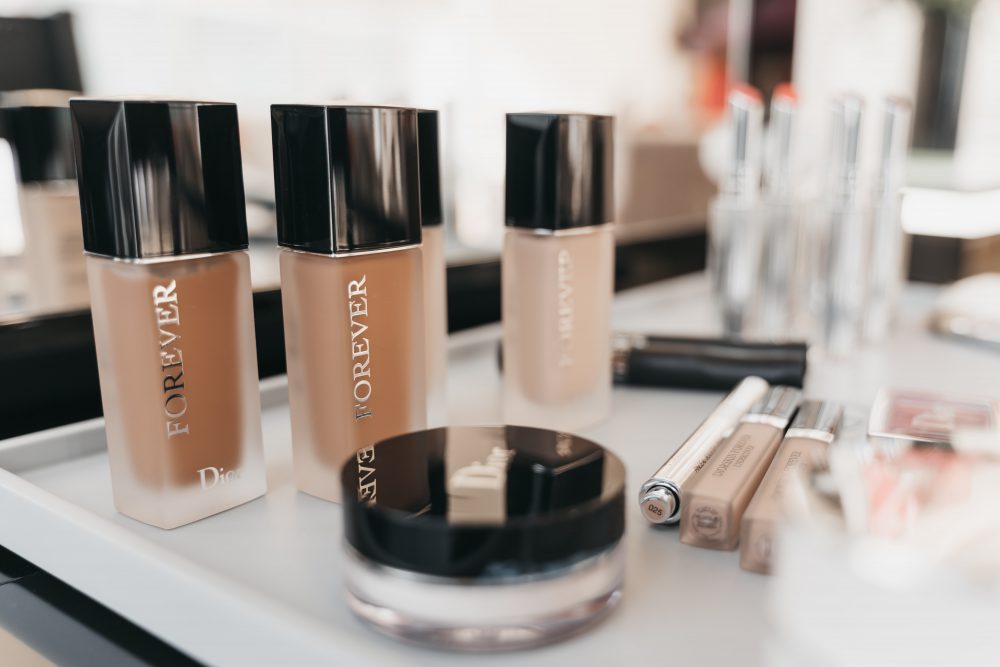
While these two terms are often used interchangeably, they mean different things at the end of the day and it’s crucial for brands to recognize this when determining product development pipelines and positioning.
What qualifies as Natural?
Natural foundations such as NARS’ Natural Radiant Longwear Foundation are usually made up of ingredients found in nature over those produced in a lab. Natural beauty products may not include any organic ingredients whatsoever, and as we mentioned earlier, not even the FDA has rules for using “Natural” on labels. Natural products are allowed to contain chemicals, whereas products labeled Organic may not. So, it’s imperative that brands meet the appropriate criteria and/or obtain the right verifications to promote themselves as either Natural or Organic.
What qualifies as Organic?
Organic foundations, like this one from COOLA, are made from raw materials, are produced in sustainable ways, and are not tested on animals. They have to adhere to stricter standards and have to contain at least 95 percent organic ingredients grown without pesticides, chemicals, or artificial fertilizers. Organic products also can’t contain ingredients like paraffin, silicones, synthetic dyes derived from petroleum, or parabens, and it goes without saying that they don’t contain any synthetic or genetically-modified ingredients (GMOs).
However, just because an ingredient came from a sustainable source, doesn’t mean the ingredient is safe. There are so many plants, organically-grown or not, that contain allergenic or toxic substances and may be harmful to your consumers. Again, the responsibility falls on brands to perform due diligence on all products they manufacture or distribute.
Why Natural will Beat Organic

Natural Foundations that help consumers feel better about what they’re putting on their skin and how that impacts the environment will continue to strongly influence consumer purchasing decisions. Consumers will not only need products that meet their beauty needs, but they’ll also be looking for brands that align with their core values and prioritize the planet.
People will spend more time researching products to have a better understanding of what exactly they’re purchasing and whether or not the product is sustainably sourced. In many cases, consumers will go a level deeper to ensure that the brand itself follows ethical eco-friendly practices in manufacturing, sourcing, and distribution of products.
Natural will beat Organic despite the clear difference in quality between the two categories. Regardless of the high-caliber nature of Organic products, there’s a clear market-wide emphasis on products that feature branded and consumer-friendly packaging and benefits (even if they’re only Natural and not Organic). Consumer interest in using only the best of the best when it comes to packaging and ingredients only goes so far. At the end of the day, value is king.
Money Talks

Because Organic ingredients are sourced in responsible ways, they tend to cost more. As consumers spend more time out of the house and shift their spending habits, they’ll have less to spend on costly Foundations. So, they will be interested in Natural foundations that provide similar benefits, but don’t come at a premium. Even though Organic products may actually be good for you and the environment, Natural products make people (and their wallets) feel good. Now that is the key to winning repeat customers and free word-of-mouth marketing.
Things to Consider
Consumers are still concerned about naturalness and sustainability, but want to ensure that they’re not breaking the bank by supporting products in those categories. Value is critical in a crowded marketplace like luxury cosmetics, and our analysis ultimately believes that in 2023, Organic will continue to trend downwards while Natural Products trend in a positive direction. Position your brand and products more around Natural Products with high-end, sustainable packaging and you’ll surely see an uptick in your share of voice and market share moving into the new year.
For more insights on luxury cosmetics trends, check out our recent webinar here. If you’re ready to see Simporter AI in action and learn what it can do for you, request a demo on our website.
